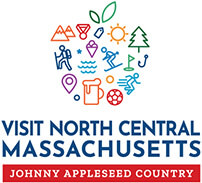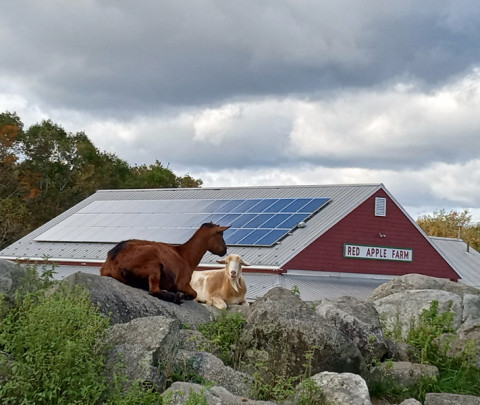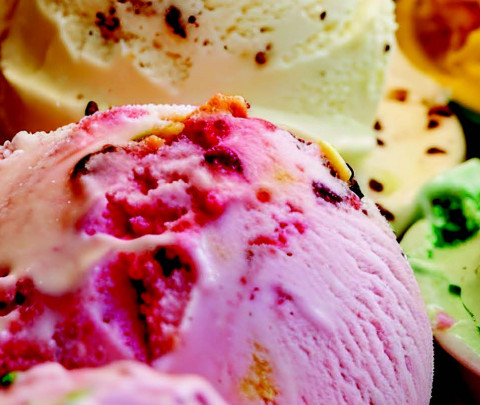Birds, Bees, and Butterflies
- Visit North Central
The forest and fields of Johnny Appleseed Country are great spots for two-legged tourists and residents to enjoy and explore.
They’re also popular for fly-invisitors and inhabitants, otherwise known as birds, bees and butterflies. Today, the two groups are encouraged to meet and greet at some very special places like the community gardens and natural pollinator habitats across the region.
Supporting Monarchs
Just two blocks from downtown Fitchburg, at the corner of Shelden and West Streets, sits Gateway Park — part of a larger city park plan conceived by The Trustees of Reservations to connect neighborhoods throughout Fitchburg. But it’s not your traditional city park. It’s a Natural Pollinator Habitat designed to be inviting to the Monarch Butterfly.
In recent years, the Monarch population — which migrates southward to warm winter climes — has been stressed by the loss of welcoming habitat. Across the United States and Mexico, the clearing of forest and fields and the use of agricultural herbicides that kill milkweed plants have eliminated migration stops for the bright orange and black butterflies.
Environmentalists have responded by developing habitats that are hospitable to these colorful insects.
Master Gardener Mary Ellen Ryall, whose Ojibwe name is Memengwaa Ikway, is known as the Butterfly Woman. The Fitchburg habitat at Gateway Park, she says, is a tourist destination, teaching garden, and a healing garden for grieving families. It was originally planted with mostly clover, which adds nitrogen to the soil, but last year, Happy Tonics seeded the site in 2013 with native plants and host plants such as milkweed, the only host plant of the monarch butterfly. Last year, Ryall and the non-profit organization Happy Tonics, seeded the site with native plants and host plants such as milkweed, the only host plant of the Monarch butterfly.
Happy Tonics has also launched a series of educational events, and visitors are invited to stop by to learn about identifying butterfly species; learn about native bees and European predators; identify dragonflies; and participate in annual counts of these species. These garden tours and talks will be held on June 21, July 19 and 26, and August 16. See the calendar section of this Guide, or visit www.happytonics.com to learn more about the educational programs and the pollinator habitat in Fitchburg.
Learn About Birds & Bees
In Athol, the Rich Environmental Park on Main Street (Route 2A) offers an enchanting spot to enjoy the natural beauty of the region.
The Athol Bird and Nature Club, the local Garden Club and Friends of Rich Park work cooperatively in developing a place where visitors can learn about the living things that inhabit it. The park includes trails, a boat ramp, and self-guided tours. The ramp is a popular spot for putting canoes and kayaks into the water for a leisurely spin on the Millers River.
David Small of the Bird and Nature Club says that milkweed has been planted in Rich Park, too, to help promote the Monarch butterfly population. A popular program at Rich Park is the Dragonfly Institute on Saturday mornings in May, which includes a lecture and field trip spotlighting these beautiful insects.
Weekly bird walks — eight in the spring, and eight in the fall — are also planned, chronicling the annual bird migration. They’re open to experienced and novice birders alike.
The information and experience of Rich Park is bolstered by the nearby Millers River Environmental Center, which partners with the North Quabbin Trail Association, North Quabbin Garden Club, Millers River Watershed Council and other local groups to encourage appreciation of the river valley. To learn more about Rich Environmental Park and the work of local volunteers, visit www.atholbirdclub.org.
Whether you’re visiting Johnny Appleseed Country, or live right here in Johnny’s backyard, this is a great time to tour these natural habitats and learn more about the birds, bees and butterflies that call this region their home.








